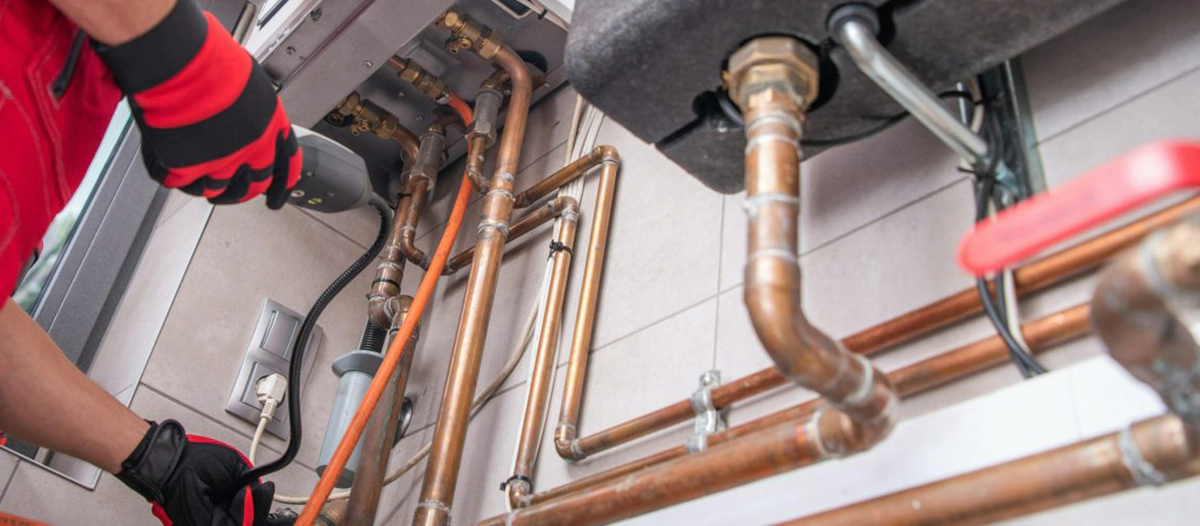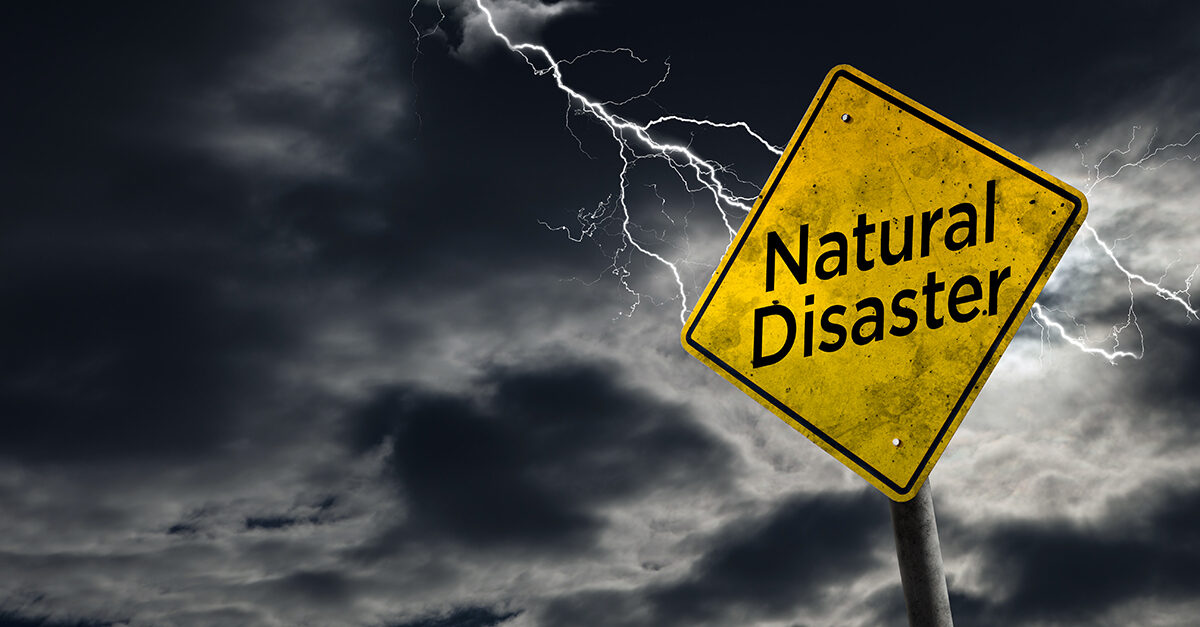Understanding Lingua Amputo
Lingua Amputo, often translated as “language amputation,” refers to the phenomenon where an individual loses the ability to communicate fluently in a previously known language. This condition can occur due to various factors, such as neurological damage, trauma, extended disuse, or the onset of certain cognitive disorders. Unlike aphasia, which is more commonly associated with stroke or brain injury, Lingua Amputo emphasizes the gradual or sudden severing of language connections, affecting one’s identity, relationships, and social participation.
Causes of Lingua Amputo
1. Neurological Damage
The most common cause of Lingua Amputo is brain injury or neurological disorders. Traumatic brain injury (TBI), strokes affecting the left hemisphere, and degenerative diseases like Alzheimer’s can severely impact a person’s language capabilities.
2. Psychological Trauma
Severe psychological trauma can also contribute to language loss. In some cases, individuals might suppress the use of a particular language as a subconscious coping mechanism after experiencing a traumatic event associated with it.
3. Language Disuse
Another contributor to Lingua Amputo is the lack of language use over an extended period. Immigrants who move to a country where their native language is not spoken may find their ability to use it fluently diminishing over time. This erosion can become so profound that speaking the native tongue feels foreign or disjointed.
The Emotional and Social Impact
The consequences of Lingua Amputo extend beyond communication difficulties. For many, language is intricately tied to cultural identity and self-expression. Losing this connection can result in:
- Identity Crisis: Individuals may struggle with a sense of belonging and face internal conflicts about their heritage and identity.
- Isolation: Communication barriers can lead to social withdrawal and loneliness, as maintaining relationships becomes challenging.
- Frustration and Anxiety: The gap between thought and expression can lead to frustration, affecting mental health and quality of life.
Real-Life Accounts of Lingua Amputo
Anna’s Story: The Silent Return
Anna, a 58-year-old who emigrated from Italy to the United States at the age of 30, found herself unable to speak fluent Italian after decades of primarily using English. When visiting her hometown, Anna struggled with words that once came naturally, leaving her feeling disconnected from her roots. “I felt like a stranger in my own home,” she shared.
Paul’s Experience with Aphasia
Paul, a 45-year-old stroke survivor, experienced a sudden and partial loss of language. While aphasia was the clinical diagnosis, his journey paralleled Lingua Amputo in that he could no longer express himself as he once did. Paul’s friends noted how his once rich, humorous storytelling was replaced with fragmented sentences, a painful reminder of his altered state.
Adaptation and Coping Strategies
Overcoming Lingua Amputo requires resilience and often professional assistance. Here are some approaches:
1. Speech Therapy
Working with a speech-language pathologist (SLP) can help rebuild communication skills. Techniques such as constraint-induced language therapy (CILT) encourage the use of the affected language, enhancing recovery.
2. Cognitive Exercises
Engaging in memory and language exercises, such as reading aloud, using language learning apps, or practicing conversations, can stimulate neural pathways and encourage language retention.
3. Support Systems
Connecting with support groups can make a significant difference. Shared experiences provide emotional relief and practical advice on managing language challenges.
Lingua Amputo in Multilingual Societies
Multilingual individuals face unique challenges. The brain may prioritize the more frequently used language, relegating others to dormant states. This selective amnesia can amplify feelings of guilt or shame, as individuals perceive the loss as a betrayal of their heritage.
However, there is a silver lining: the brain’s neuroplasticity. With dedication, it is possible to regain partial or full language capabilities. People who actively re-engage with their less-used language—through immersion, cultural activities, or language courses—often see marked improvements.
Preventative Measures for Language Retention
To avoid language attrition, consider:
- Daily Practice: Integrating reading, writing, or speaking sessions in the less-used language.
- Media Consumption: Watching movies, listening to music, or reading in the secondary language to maintain familiarity.
- Social Interaction: Engaging in conversations with native speakers to keep communication skills sharp.
Conclusion
Lingua Amputo serves as a stark reminder of how language intertwines with identity and community. While the condition can be challenging, understanding its causes and embracing coping strategies can empower individuals to navigate their journey with resilience. Whether through professional therapy, cultural immersion, or consistent practice, the path to regaining linguistic confidence is often within reach.
FAQs About Lingua Amputo
1. What differentiates Lingua Amputo from aphasia?
While aphasia typically results from specific brain damage leading to impaired language, Lingua Amputo encompasses a broader range of causes, including psychological trauma and long-term disuse.
2. Can language loss be reversed?
In many cases, yes. With speech therapy, cognitive exercises, and continuous practice, partial or full recovery is possible.
3. Who is most at risk of developing Lingua Amputo?
Those most at risk include stroke or TBI survivors, individuals with neurological conditions, and those who stop using a language for extended periods.
4. Is Lingua Amputo common among immigrants?
Yes, immigrants who primarily adopt a new language may experience diminished fluency in their native language over time.
5. How can one prevent language loss?
Regular use, active engagement through reading or speaking, and interaction with native speakers can help maintain language proficiency.

 Tech8 months ago
Tech8 months ago
 Entertainment5 months ago
Entertainment5 months ago
 Tech7 months ago
Tech7 months ago
 Entertainment6 months ago
Entertainment6 months ago
 Entertainment7 months ago
Entertainment7 months ago
 Life Style7 months ago
Life Style7 months ago
 Entertainment7 months ago
Entertainment7 months ago
 Entertainment7 months ago
Entertainment7 months ago



